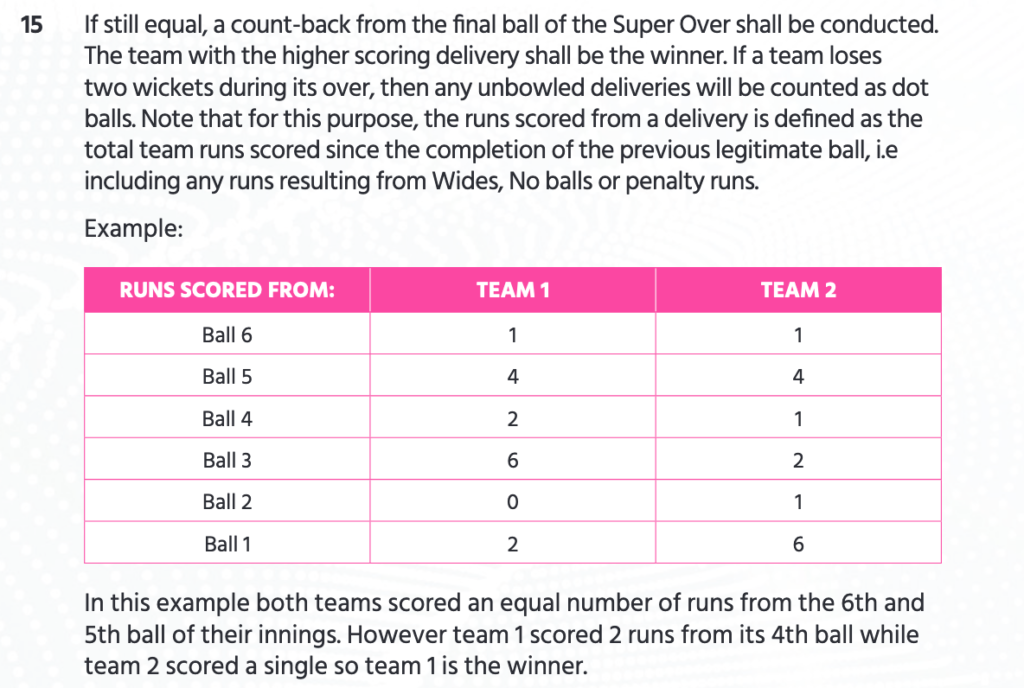
Today’s exciting T20 match between India and New Zealand literally went down to the wire (or over the wire), when India beat New Zealand in a last-ball sixer to take an unassailable lead of 3-0 and win the series. The highlight of the game was Rohit Sharma’s successive 6s in the last two deliveries of the Super Over. This accomplishment also refreshed memories of yet another T20I, the 2018 Nidahas Trophy Finals held in Colombo wherein Dinesh Karthik hit the maximum on the last delivery to lift the cup against Bangladesh. Mind you India on that day was on the backfoot needing 34 off the last 12 deliveries when Karthik came on to the crease. But on the last ball of the match, India needed 5 runs and it was a nerve-wracking moment whereby Karthik held on to his nerves with the boisterous Lankan crowd backing the Indian team to lift the cup. More on that later.
Cutting to the chase, losing the toss at Hamilton and batting first India made 179 for 5 on the back of Rohit Sharma’s 65 off just 40 balls (the first Indian to hit a half-century inside the Powerplay in a T20I) and the target didn’t seem steep and at one stage of the game, it almost seemed as if New Zealand had pocketed this match easily to keep their hopes alive in the 5-match series. But then Mohammed Shami bowled a splendid last over to get the in-form Kane Williamson (95 off just 48 deliveries) and uprooted Ross Taylor’s wickets. The match tied on the levelled scores moving the game into an exciting 6-ball Super Over. Batting first the Kiwis made 17 in their quota and India needed 10 runs in the last two deliveries. However with Southee bowling so accurately it seemed like New Zealand had their foot in the door until Rohit Sharma changed the script to hit 2 sixes in successive balls (2, 1, 4, 1, 6, 6).
Judging both these stupendous innings from an audience perspective, I’d pick Karthik’s as the better of the two purely on the factors of the flat batting pitch of Colombo plus the finals of a tri-series. Also, India was playing their T20I arch-rivals Bangladesh with the Sri Lankan team already out of the tournament, and the home crowd itching for revenge. A last ball 5-run target was required and then you flat-bat a Soumya Sarkar delivery over the extra-cover ropes in which Karthik also blasted 22 runs of a penultimate Ruben Hossain over (6, 4, 6, 0, 2, 4) to get the target down from 34 in 12 balls to 12 of the last 6 (1w, 0, 1, 1, 4, W, 6). But regardless, both these innings were the most exciting and significant in their own ways — while Dinesh Karthik’s blitzkrieg grabbed the Nidahas Trophy, six-hitter Rohit Sharma handed India its first T20I series in New Zealand. Such exciting times for both these hard-hitting players and with the T20 World Cup next year being held in India, I can’t wait to see them back in action.

